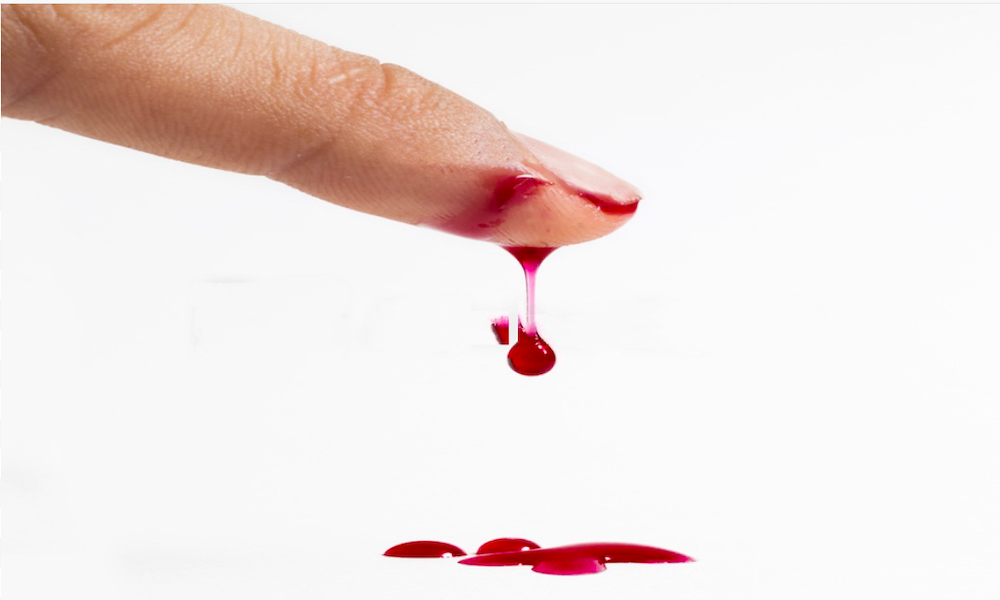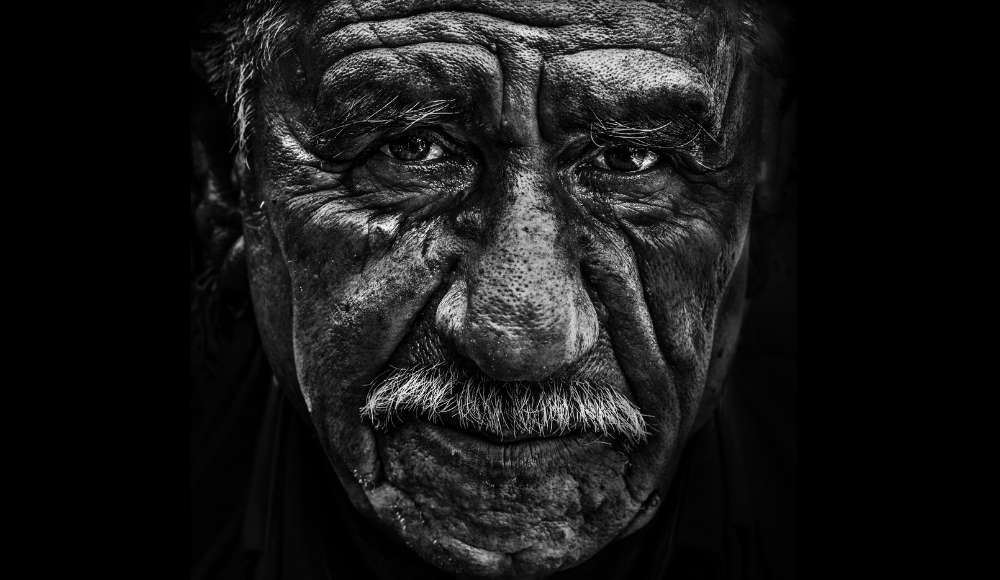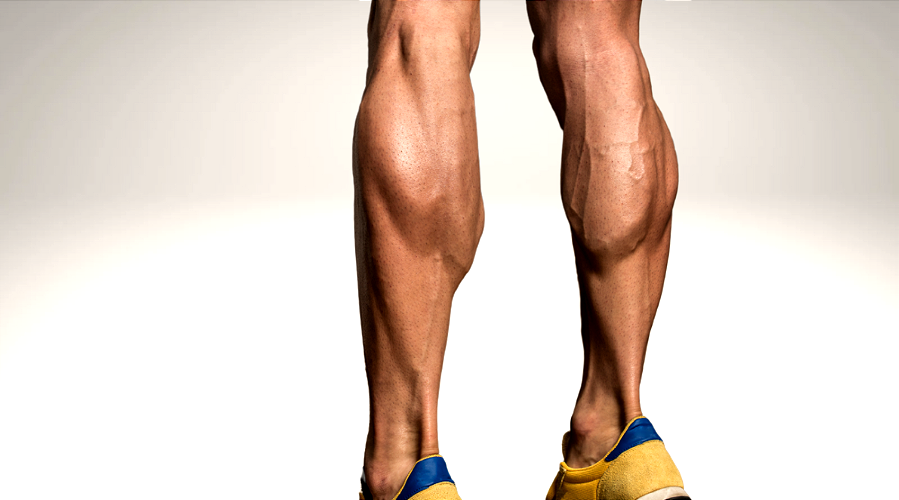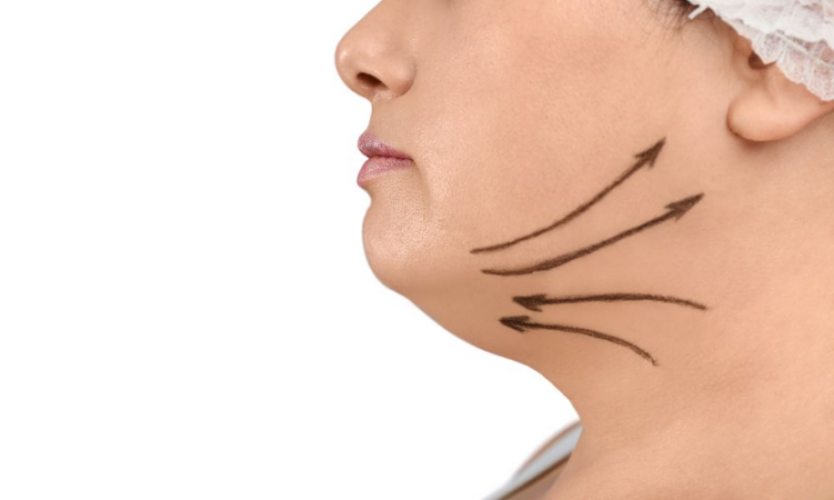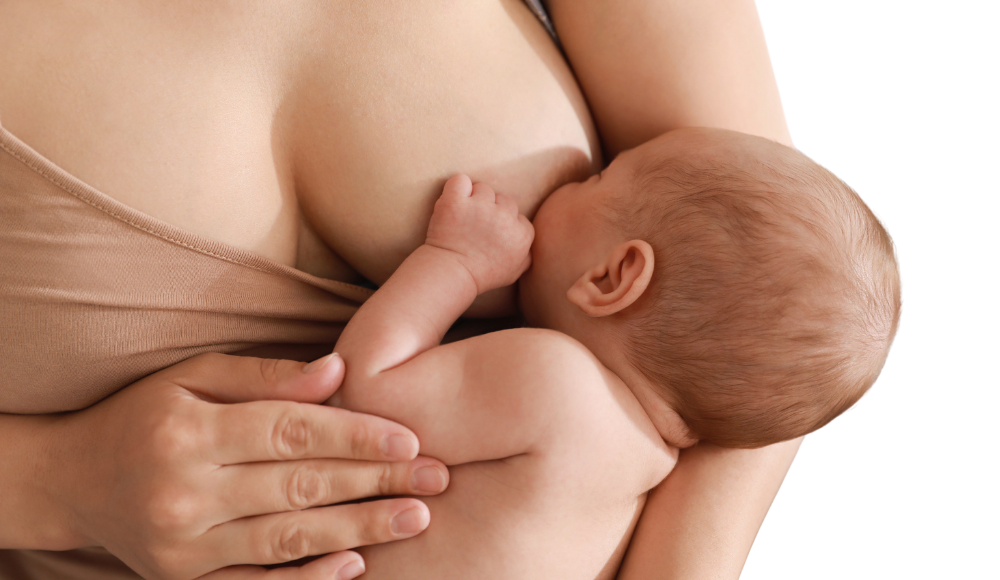The fingertips are the most exposed parts and are susceptible to injuries during various activities. Fingertip injuries are one of the most common injuries in the hand.
Causes
There are various causes for fingertip injuries, the most common is crush/blunt injuries like after hitting from hammerhead, closed in a door or falling of heavy objects causing subungual hematoma, nail avulsion/ laceration or terminal phalanx fractures. Sharp injuries can occur following cut from sharp knives or glass resulting in lacerations, avulsion or sometimes amputation. Other common injuries are from burns following spillage of hot water or from flame burns.
Treatment
The doctor will ask the mechanism and time of injury. Evaluation of fingertips is done to assess the blood flow to the fingertip and the ability of the finger to move. If the bone injury is suspected might require an x-ray.
Initial management includes controlling bleeding with direct pressure, elevation of the hand, applying ice for decreasing swelling, removing ring/ any constricting object over fingers.
Injury to nail bed usually present with blood collection under the nail, it can be removed by drilling a small hole in the nail. And if nail lacerations present, nail needs to be removed and repair the laceration. In case of fracture might need splinting/ fixation using metal pins and in case very trivial fracture no intervention is required.
Crush injuries can be simple with small loss of skin, that can be treated by simple dressings but in severe cases with loss of significant skin requires surgery to replace the lost skin and in case of associated comminuted bony injury, amputation of the fingertip may be necessary.
The majority of common finger injuries can be effectively managed in the office, clinic or emergency room setting using simple equipment and procedures. Complicated injuries and persistent deformities should be referred early for the best functional and cosmetic results.
Following sharp cut injuries, if the amputated part is brought well preserved and salvageable, the revival of separated parts can be done by replantation.(https://draashish.comdraashish.com/replantation/)
Recovery
The fingertip injury might take some time to heal and can be sensitive. Sometimes supervised rehabilitation is required for those who have issues of hypersensitivity, scarring, and stiffness. The person should understand that the appearance of the fingertip and quality of skin might not be the same as before and can take help of the doctor for the best treatment options

